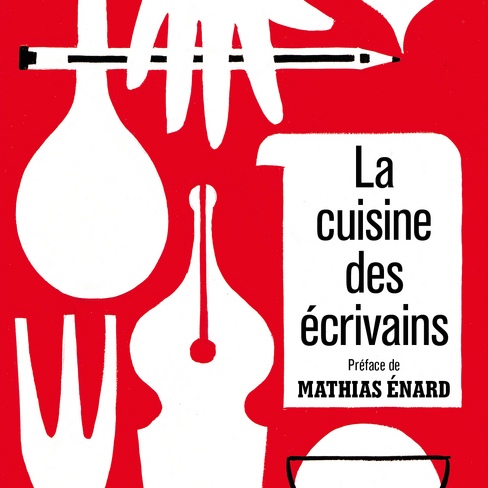It was January in New York and exceptionally cold. I took refuge in the kitchen and picked the complicated recipes, the ones that would prove that I could, that I had the patience and humility to follow the details of the book. I pulled the Roberta’s Cookbook off the shelf. Roberta’s opened in Bushwick, Brooklyn, in the winter of 2008. The restaurant is a couple hundred feet from the Morgan Avenue stop off the L train, one of the vital organs of the neighborhood. Industrial buildings turned post-grad housing with complicated zoning laws line the streets. From outside the restaurant it looks like a bunker. The cookbook was new to the collection, a gift I had given my mother. It lay horizontal atop my parents’ mass of weathered, yellowing, greasy cookbooks.
The cookbook has high-design photographs of food and blurry low-res pictures of PBR-fueled parties side by side. The narrative between recipes is crass and anti-corporate. The restaurant and its clients have found emancipation from domesticity, freedom from the boredom of home. The food shows an attention to detail and creativity. There are nods to simplicity with a dose of the unexpected: a plate of blistered padrón peppers with savory lemon curd and fennel pollen. The plate comes to the table still smoking. The peppers appear to vibrate in the noise: loud people and loud music. Pizza arrives, seared in the eight-hundred-degree wood-fired oven by the front door. The food resonates in the space: it’s delicious, it’s quick, and it’s informal.
In those pages, eating dinner is a performance.

